Lizards are a large group of diverse reptiles containing approximately 6,000 species. They are scaly-skinned, and usually distinguished from snakes by having eyes which can be closed, and having legs, though not all lizards have these features. Read on to learn about the lizard.
Description of the Lizard
Due to the large number of species in this group, there is a huge variety in their appearance, although most have long bodies, a small head, and long tail. Most species of lizard have four legs, but some have two, and some have no legs at all.
Lizards can be found in almost any color imaginable, and several can even change color to match their environment almost immediately. They have a spectacular range of observable adaptations, such as frills, horns, and even “wings” (flaps of skin on elongated ribs). Many lizards have bright-colored adaptations, such as a bright red dewlap (“throat-flag”), bright spots, or colored tongue, but these adaptations are often hidden to reduce detection by predators.
All lizards are covered with scales, of which the outer layer is keratin, the same substance that makes up human hair and finger nails.
Interesting Facts About the Lizard
Lizards are an extremely diverse group of reptiles. They have adapted to a wide range of habitats and lifestyles. This means there are many interesting facts about lizards.
- Detaching Tail – When attacked, many lizards can completely shed their tails at a specific fracture zone. The detached tail continues to wriggle on the ground to distract the attacker. This behavior is called “autotomy.”
- Communication – Bearded dragons communicate with each other by waving their arms and bobbing their heads.
- Senses – Lizards smell their environment by licking the air, in a way very similar to snakes.
- Amazing Defense – Some horned lizards defend themselves by squirting jets of blood from their eyes. They can squirt the blood up to 5 feet (1.5 m).
- Bipedal Locomotion – Several terrestrial lizards can run on their hind legs (bipedal locomotion). Basilisk lizards are able to run across the top of the water for distances of about 15 ft (4.5 m).
Habitat of the Lizard
Most lizards live in warm regions, though various species can be found from the southern tip of South America, to quite near the Arctic Circle. They inhabit areas with a wide range of altitudes, from sea-level to heights of 16,500 feet (5,000 m).
Distribution of the Lizard
Lizards inhabit all the continents except Antarctica.
Diet of the Lizard
Some lizards are entirely carnivorous. The Komodo dragon, for example, hunts medium sized mammals, and eats carrion. Approximately two percent of lizard species are vegetarian. These include iguanas and some skinks. The marine iguana dives to considerable depths to eat algae off rocks on the sea bed. Other species of lizards change their diet according to the availability of foods.
Lizard and Human Interaction
Lizards are hunted by humans for their meat, skin, and eggs. Most lizards are harmless to humans, however, the largest lizard – the Komodo dragon, which can reach a weight of up to 200 lbs (90 kg) – has been known to stalk, attack, and kill humans.
Domestication
Some pet species, especially the bearded dragon and leopard gecko, have been selectively bred to develop a wide range of colors and appearances, so these species can be considered domesticated.
Does the Lizard Make a Good Pet
Many lizards (e.g. anoles, geckos, and iguanas) are kept as pets because they are generally hardy and easy to care for, especially in comparison to other exotic reptiles.
Lizard Care
The type of care that must be provided depends on the species, though most require a heat source and UVB lighting. Some species can be fussy eaters, and might have to be fed live prey, or prey that has been coated with a vitamin/mineral supplement.
Consider the natural behavior of the species; ground-dwellers should be given an enclosure with a large amount of floor space, whereas tree climbers should be provided with a more vertical enclosure furnished with branches. Experts often suggest that some lizard species should be kept only as display animals because of their nervousness and tendency to shed their tails when handled.
Behavior of the Lizard
Lizards are cold-blooded (“ectothermic”), so they often spend a substantial proportion of their day basking on rocks, using the sun to warm themselves.
Lizards protect or defend themselves in a variety of ways. Many species are extremely good climbers; for example, some geckos can climb up vertical surfaces as smooth as glass. Some species inflate themselves with air if they are attacked, other species are very fast sprinters that run to seek shelter. Some simply stay immobile but quickly change their colors to match the background, such as chameleons.
Reproduction of the Lizard
Most lizards reproduce by laying eggs (“oviparity”), sometimes in a communal nest with other females. Small lizards tend to lay fewer eggs, sometimes only one, whereas large species may lay up to 50 eggs. Some other species, which tend to live in cold climates, give birth to live young (“viviparity”).

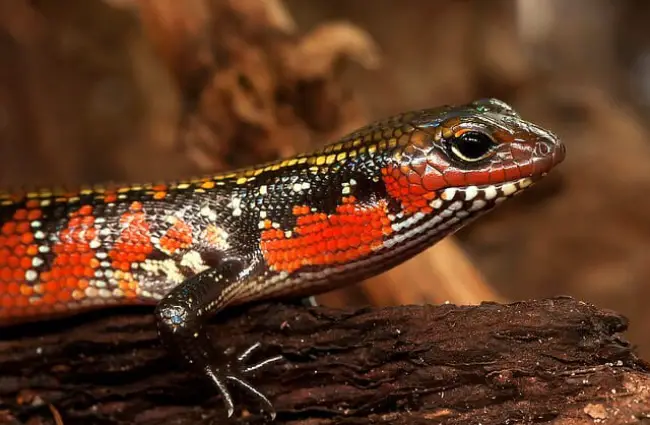
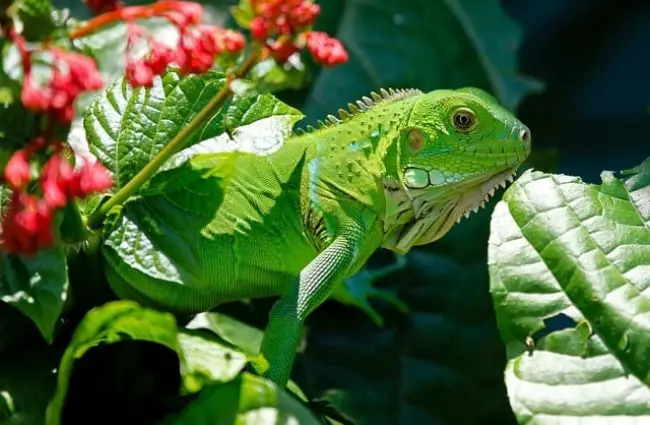
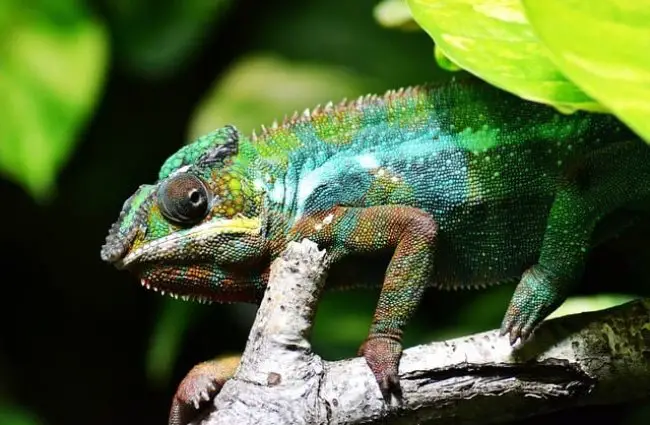
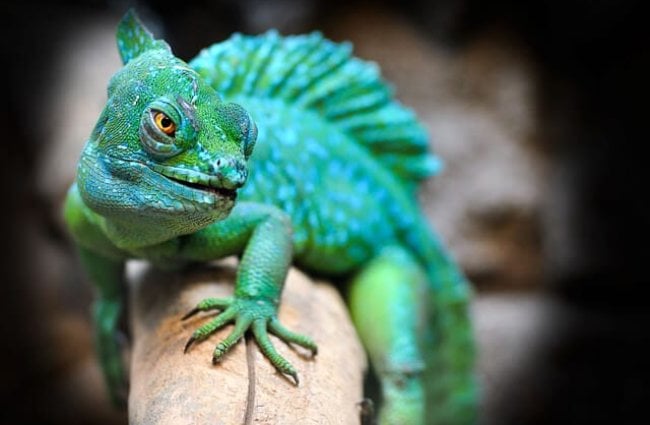
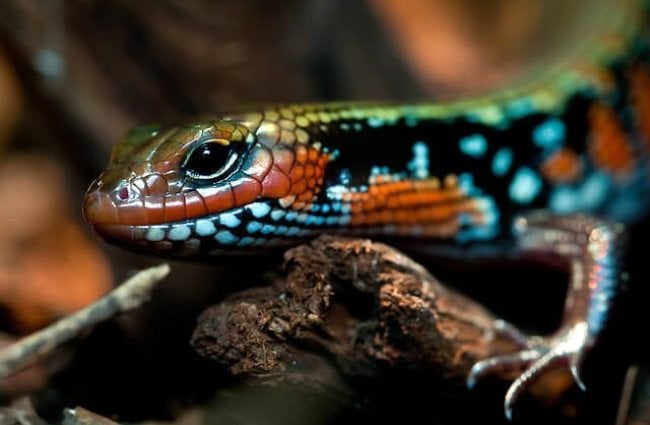
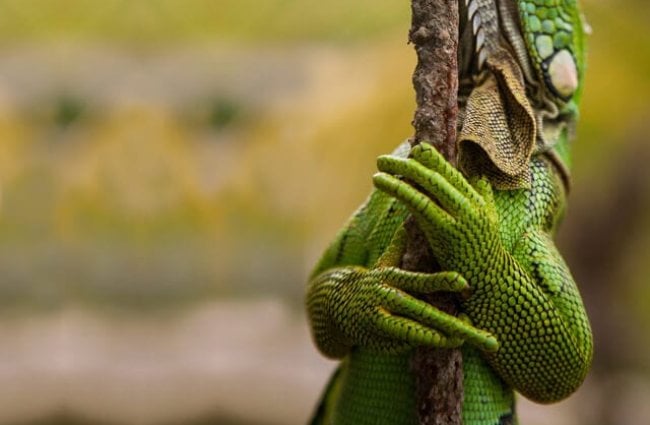

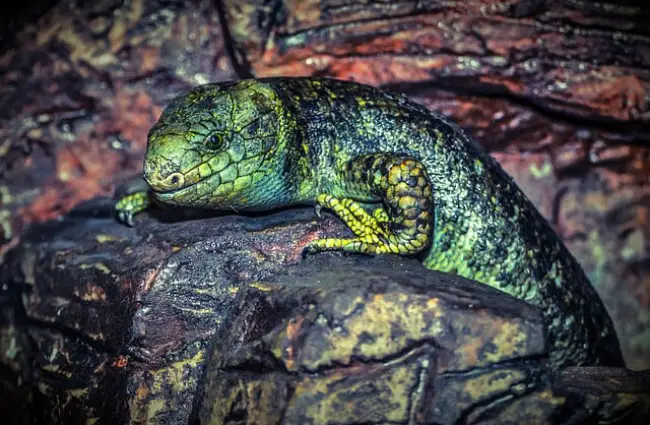
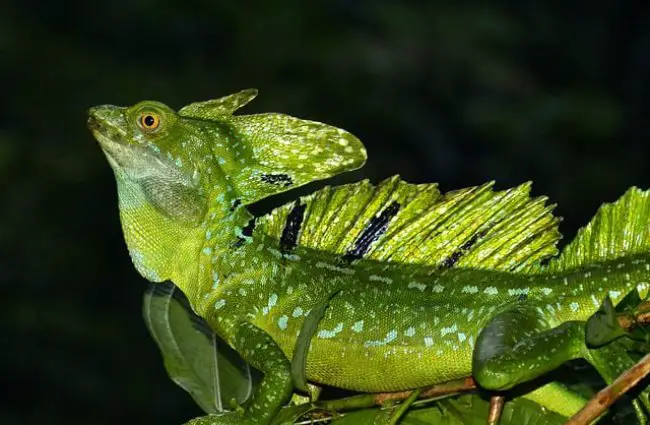
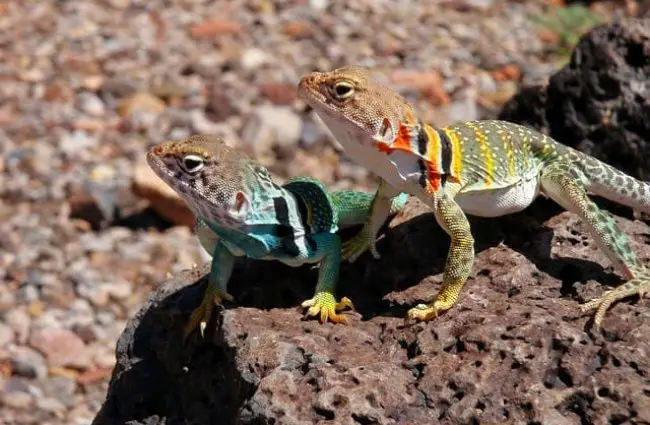
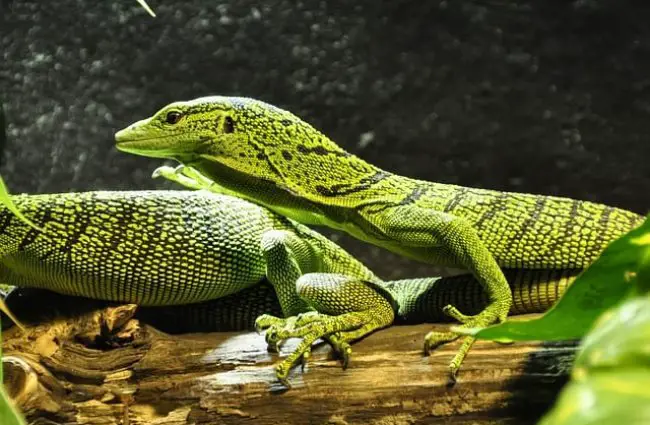
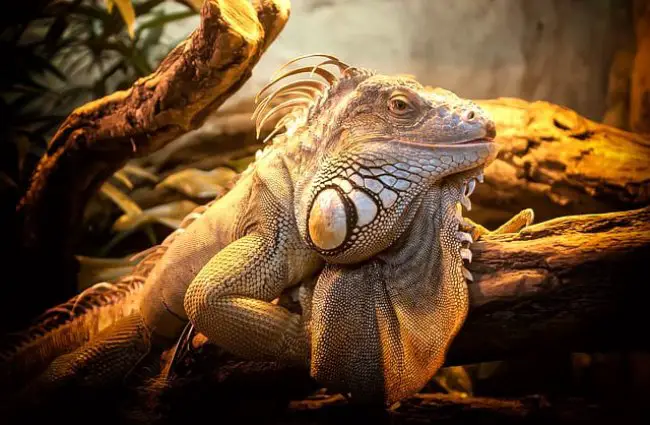
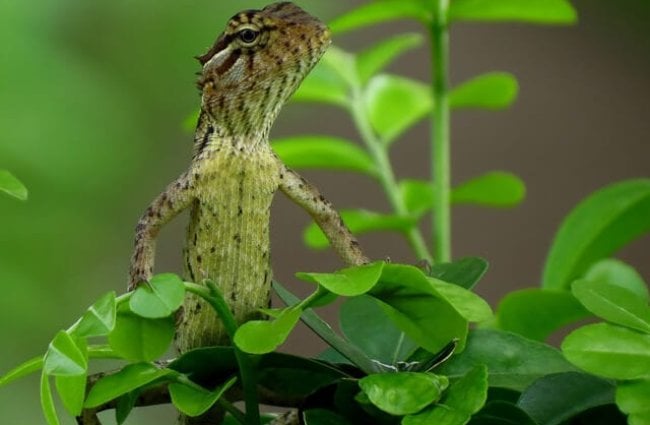
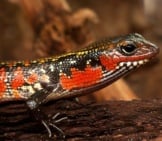

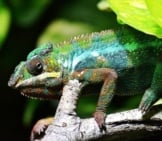

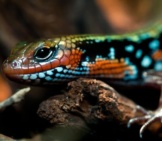


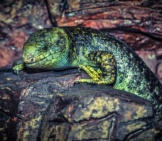
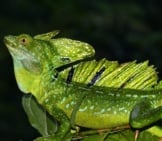
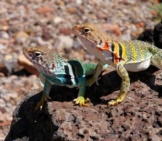


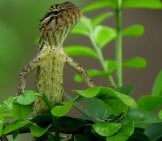
![Red Angus Closeup of a beautiful Red Angus cowPhoto by: U.S. Department of Agriculture [pubic domain]https://creativecommons.org/licenses/by/2.0/](https://animals.net/wp-content/uploads/2020/03/Red-Angus-4-238x178.jpg)












![Red Angus Closeup of a beautiful Red Angus cowPhoto by: U.S. Department of Agriculture [pubic domain]https://creativecommons.org/licenses/by/2.0/](https://animals.net/wp-content/uploads/2020/03/Red-Angus-4-100x75.jpg)

